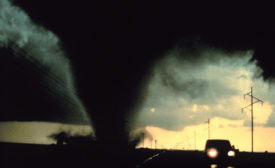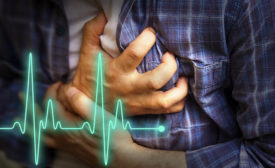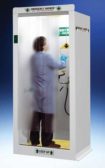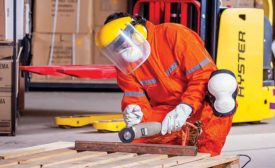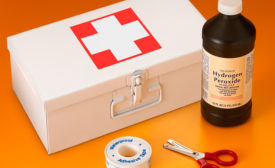Home » first aid
Articles Tagged with ''first aid''
Getting motivated
NYC Transit workers learn Hands-Only CPR after employee used it to save a co-worker’s life
September 14, 2017
CDC: Prepare for spring weather
Spring weather can be unpredictable. Reduce injury risk and plan ahead.
April 5, 2017
Never miss the latest news and trends driving the safety industry
eNewsletter | Website | eMagazine
JOIN TODAYCopyright ©2024. All Rights Reserved BNP Media.
Design, CMS, Hosting & Web Development :: ePublishing
